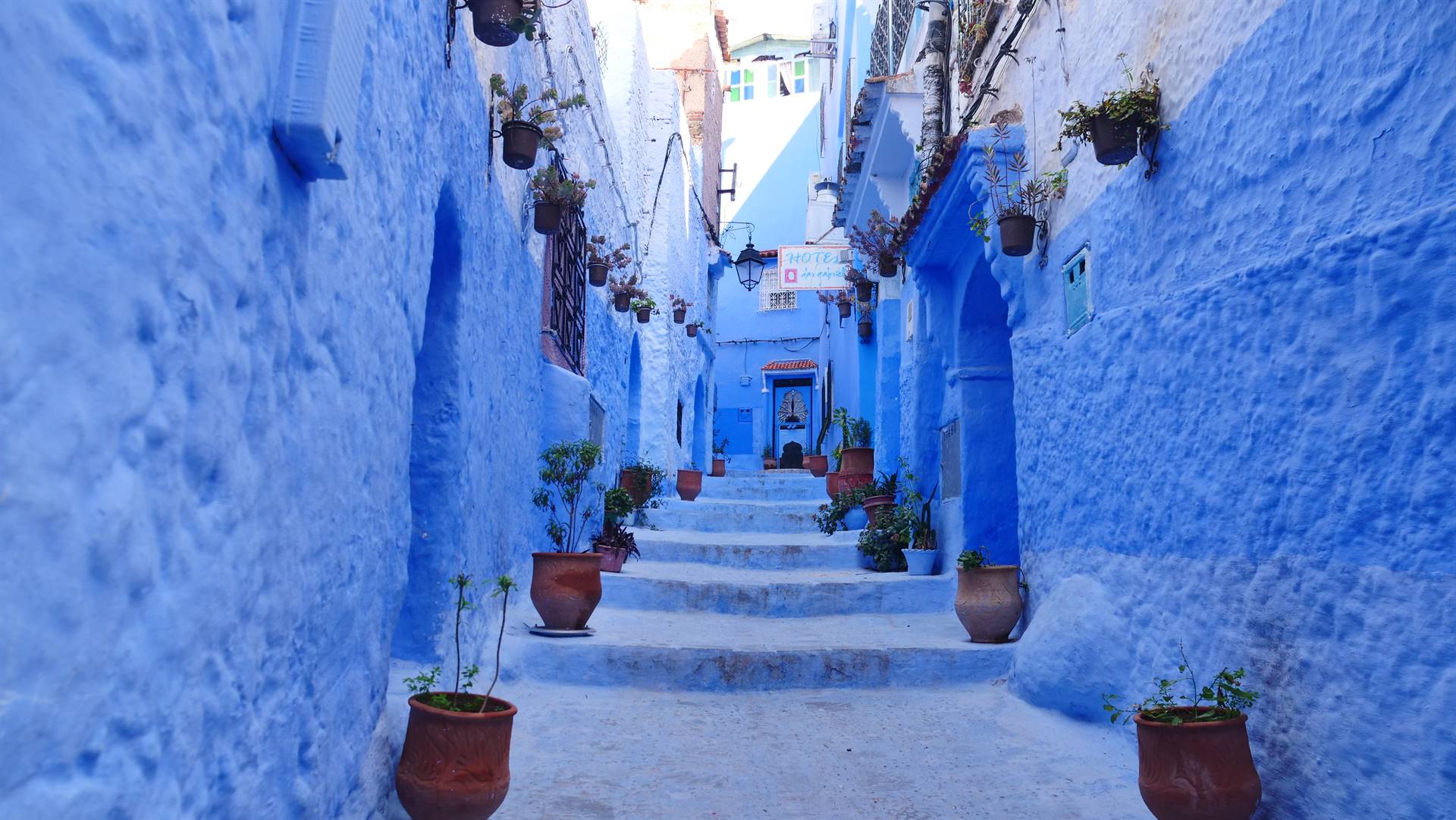
Nestled in the Rif Mountains of northern Morocco, Chefchaouen, often referred to as the "Blue Pearl," is renowned for its striking blue-painted buildings. This picturesque city offers a unique blend of natural beauty, rich history, and distinctive cultural heritage.
Chefchaouen is home to an estimated 42,786 inhabitants, making it a charming and intimate destination compared to Morocco's larger cities.
Chefchaouen's history began in 1471 with its founding by Moulay Ali Ben Rachid, a descendant of the Islamic Prophet Muhammad. The initial settlement was a modest fortress, strategically built to defend against Portuguese invasions that threatened northern Moroccan towns.
Following the fall of Granada in 1492, many Andalusi Muslims, Moriscos, and Spanish and Portuguese Jews sought refuge in Chefchaouen. They brought architectural styles and cultural traditions, merging with local Ghomara culture, spurring rapid growth and the construction of distinctive residential quarters.
In the early 20th century, Chefchaouen was part of the Spanish protectorate in Morocco (1920), briefly joined the Republic of the Rif (1924–1926), and was ceded by Spain when Morocco gained independence in 1956.
Chefchaouen's captivating blue architecture, rich history, and mountainous backdrop create an unforgettable experience for every visitor.